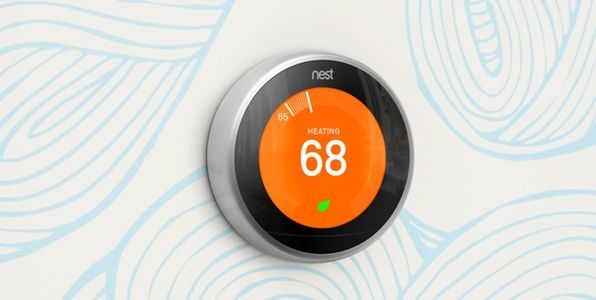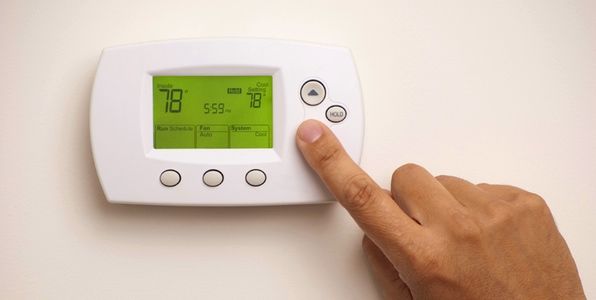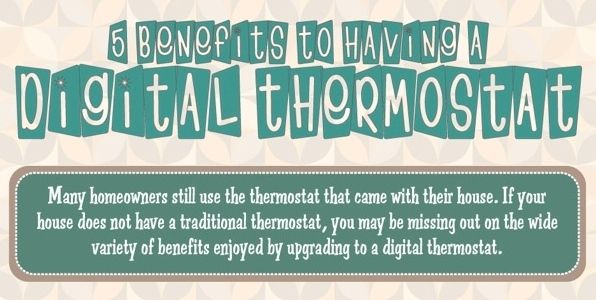Thermostats and Controls
Quicklinks to other articles in this series:
What Are Thermostats and HVAC Controls?
Your thermostat is the part of your HVAC system that measures the temperature of your home. It also controls the system to turn on and off heating and cooling cycles.
Where Are Thermostats & Controls Located?
The ideal location for thermostats is in a hallway near the center of your home or business. Make sure to keep them away from air conditioning vents and direct sunlight. Because this can throw off the accuracy by extreme differences in temperature.
Since stoves and ovens in the kitchen can create large amounts of heat, avoid placing thermostats there . The same logic applies to a thermostat in a bathroom since the steam heat from a shower will produce a wrong reading.
How Do Thermostats Work?
Mechanical thermostats use a magnetic strip or a mercury bulb that energizes the heating or cooling system. Also they have a part known as a heating anticipator that must be set according to very specific instructions. Further they can contain mercury, a highly toxic and hazardous material. And so these thermostats are illegal to install. They have been upgraded to digital versions.
Digital thermostats use a device called a thermistor to measure the indoor temperature. A thermistor reacts to changes in temperature. Then a brain inside the thermostat converts the thermistor reading to a temperature reading.
What Makes Them Important?
The energy bill of your home or business is directly related to how efficiently a thermostat performs. The thermostat is the point of control over the entire HVAC system. Some homes and businesses use system zoning. This is a control panel that opens and closes duct dampers thru series of multiple thermostats. So it better regulates the temperature inside the home.
Different Types of Controls and Thermostats
Thermostats are either mechanical or digital. However, mechanical thermostats are older models, and most homes and businesses now use digital thermostats. Frequently, digital controls have digital displays that feature heating and cooling modes, fan speeds, and temperature adjustments. Many modern thermostats work well with whole-house air cleaners and/or variable-speed air conditioning systems.
Newer devices, like the popular Nest brand, have program features that can record energy use and adjust themselves to save money. In addition, others offer wireless access to control your thermostat from any mobile device. This results in more efficient energy use and savings on utility bills. Also, some work with automation bridges to combine with lighting controls, security systems, and even watering systems!
Maintenance and Repairs
Most thermostats do not need a lot of maintenance or repair. So before calling a technician, check your breaker panel for any tripped breakers. Make sure your thermostat has fresh batteries. Remove the thermostat’s front cover panel and clean any grime or dirt. A dirty thermostat that results in a difference of three degrees between its set temperature and the actual temperature can result in an increased fuel bill of 7 percent!
If those troubleshooting tips do not help, you should contact an experienced technician to replace the thermostat. The team at Bob Jenson is ready and waiting to assist if you need help or have questions with anything about your HVAC system.








